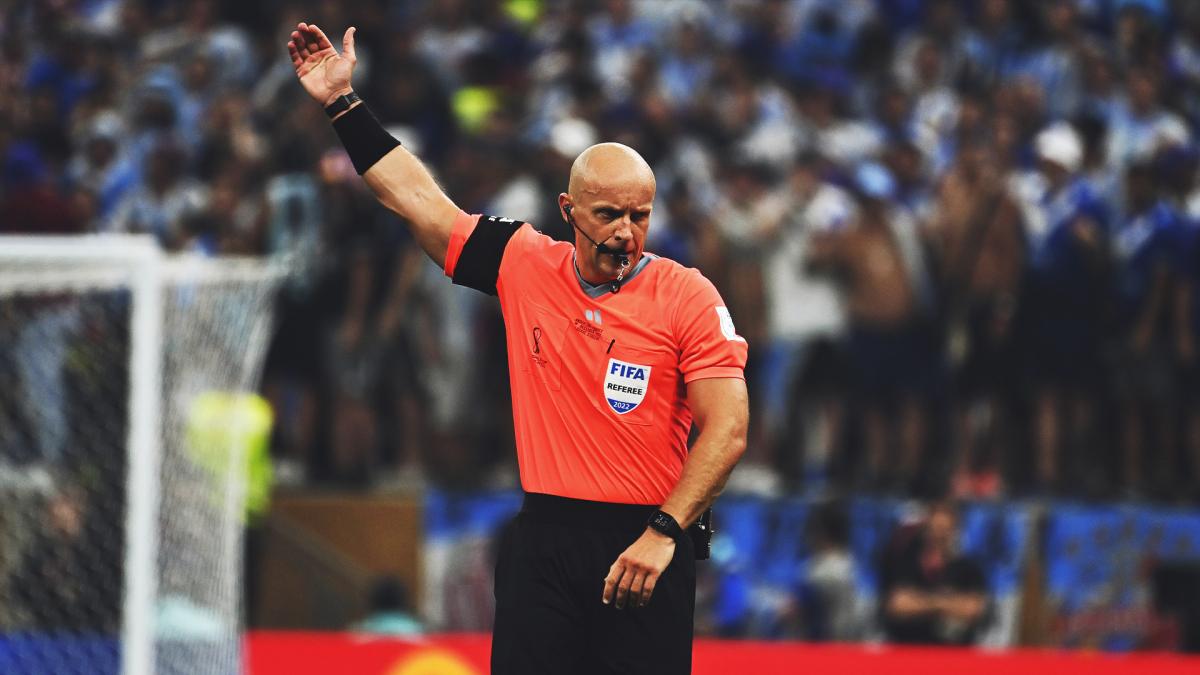Club World Cup : The Future of Offside Calls? New Technology Set to Be Tested

The Club World Cup is set to become a testing ground for innovative technology aimed at revolutionizing offside decisions. Following the implementation of the 'Wenger Law' – which redefined the offside line to encompass the entire body of the player – officials are now poised to trial a new system that promises even greater accuracy and speed in identifying offside infractions.
What's the Problem with Current Offside Calls?
Despite advancements in VAR (Video Assistant Referee) technology, offside calls remain a source of controversy. Minute differences in player positioning, often measured in millimeters, can be incredibly difficult for human eyes to discern, even with video replays. This leads to frustration for players, coaches, and fans alike, and can significantly impact the outcome of matches.
The New Technology: A Detailed Look
While specific details remain under wraps, sources suggest the new technology will utilize a combination of advanced camera systems, artificial intelligence (AI), and potentially even sensor technology embedded in player kits. The system is designed to automatically track player movements in real-time, creating a dynamic three-dimensional representation of the field. This allows for incredibly precise measurements of distances and positions, far exceeding the capabilities of human observers.
How Will it Work During the Club World Cup?
During the Club World Cup, the technology will operate alongside VAR. When an offside situation arises, the VAR team will have access to the data generated by the new system. They can then use this information to either confirm or overturn the on-field decision. This collaborative approach aims to leverage the strengths of both human judgment and technological precision.
The 'Wenger Law' and Its Impact
The recent shift to using the entire body for offside determination, often referred to as the 'Wenger Law' (named after former Arsenal manager Arsène Wenger who championed the change), has already altered the dynamic of the game. It has led to fewer offside calls and a more fluid attacking style. The introduction of this new technology is expected to build upon these changes, further refining the accuracy and consistency of offside decisions.
Potential Challenges and Concerns
As with any new technology, there are potential challenges to consider. The accuracy and reliability of the system in all weather conditions will be crucial. Concerns about data privacy and the potential for technological glitches also need to be addressed. Furthermore, ensuring that the system is easily understood and accepted by players, coaches, and fans will be paramount for its successful implementation.
Looking Ahead: The Future of Offside Technology
The trials at the Club World Cup represent a significant step towards a future where offside decisions are made with unparalleled accuracy and speed. While it's unlikely that technology will completely eliminate all controversy, it has the potential to significantly reduce errors and enhance the fairness and integrity of the beautiful game. The results of these trials will be closely watched by football governing bodies worldwide, potentially paving the way for widespread adoption in the years to come. This evolution promises a more exciting and equitable spectacle for fans around the globe.






